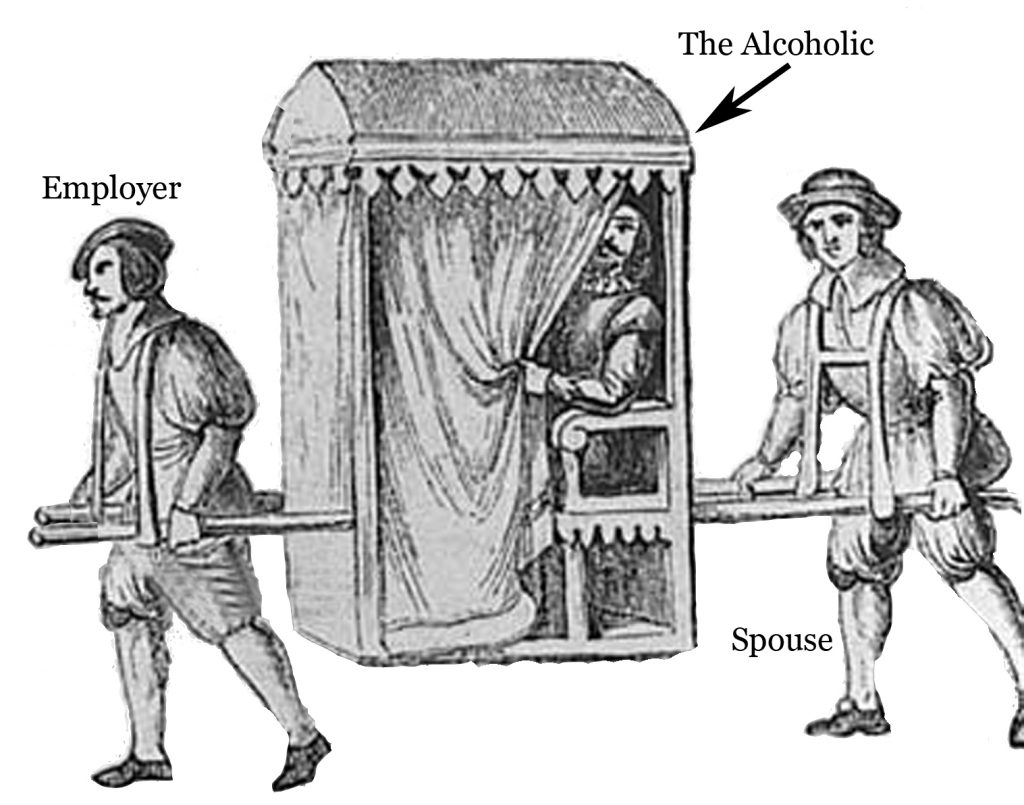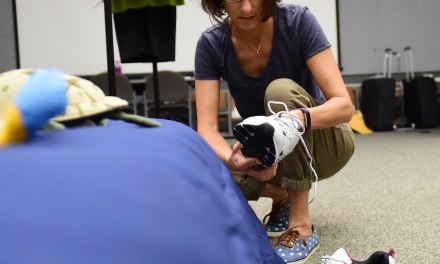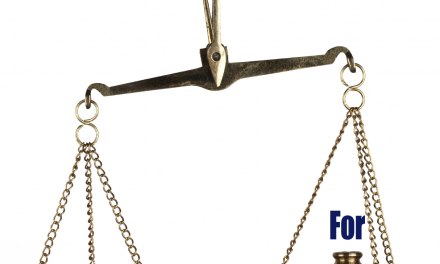Warning: Undefined variable $serie in /home/domains/treatmentandrecoverysystems.com/docs/wp-content/plugins/wp-series-manager/wp-series-manager.php on line 264
When You Love a Shapeshifter, Part 4
The drugs or alcohol have turned someone you love into a monster. How can we turn them back?
First, let’s distinguish “intervening” from “an Intervention.” The latter is an organized process involving a team of people, focused on helping someone make the decision to enroll in treatment in a short-term time frame. It may or may not involve a professional facilitator, usually known as an “Interventionist.” (You can learn more about this kind of intervention from these articles.)
“Intervening,” on the other hand, is acting in a way that helps the addict or alcoholic alter their behavior. A person doing this, we call an “intervener.” It may not be structured, and while the long-term goal may be to help someone decide to enroll in treatment, intervening can happen in small steps, over time.
An interesting paradox: The same people whose “enabling” actions allow the disease to flourish— and who may feel helpless to confront it— are the ones who can be most effective as interveners, helping the addicted person move toward change. Because alcoholics and drug addicts become dependent, not just on their drugs, but on the people who enable their addiction.
Rule 1: The sicker the alcoholic or addict, the more they must rely on other people to support and maintain their addiction.
So if an “enabler” can become an “intervener,” it provides a powerful incentive for the alcoholic to alter their behavior. We can start by examining the enabling that surrounds the addict, to identify who’s doing what, and begin the process of intervening.
For now, we’ll ignore the addict or alcoholic themselves. They’re not ready to change, yet. But what are other people doing, in response to the addict’s behavior?
There are two things we’re looking for:
A primary enabler is someone whose cooperation may be essential to continued drinking or drug use.
A secondary enabler may reinforce denial by passivity or a kind of “benign neglect.” The addict thinks “If I were really bad, they’d tell me, and they don’t, so I must be okay.”
Remember Maida’s husband, the Human Fire Hazard? He had two primary enablers. One was Maida, obviously, acting as his unsalaried, private duty nurse. Without her help, he’d have had a hard time maintaining any semblance of normalcy. But he also had another person doing primary enabling: His employer.
The two of them were old friends, dating back to school days. The boss believed what Maida’s husband told him about all the “circumstances” that interfered with his performance. And as the performance continued to deteriorate, the boss continued to compensate for his employee/friend. He arranged the office routine to “go light” on him. He re-wrote reports that were riddled with errors. And he never said a word to the alcoholic, because “it would hurt his feelings too much.”
He was paying Maida’s husband a salary, and doing the job for him! No wonder the alcoholic insisted his drinking didn’t interfere with his job performance— as far as he knew, it didn’t.
These two people doing primary enabling were the pillars that supported his alcoholism.
Ever seen a picture of a “sedan chair?” No wheels of its own, no power to move without its bearers. If they stopped, so did the chair. The passenger would have to get out and walk.

There was also a lot of secondary enabling. Their children complained bitterly among themselves, but never said a word to their father. When they grew up and left the household, they avoided him. His physician suspected that drinking was a problem, but confined himself to vague warnings about “cutting down.” When alcohol precipitated a crisis, the doctor admitted him to a psychiatric program, and treated him for depression— giving him weekend passes. Of course he went home and drank.
People who engage in secondary enabling may not have much leverage over the addict, but they may have influence over others involved— including some of the ones doing primary enabling.
[serialposts]
These are posts belonging to the same serie:












